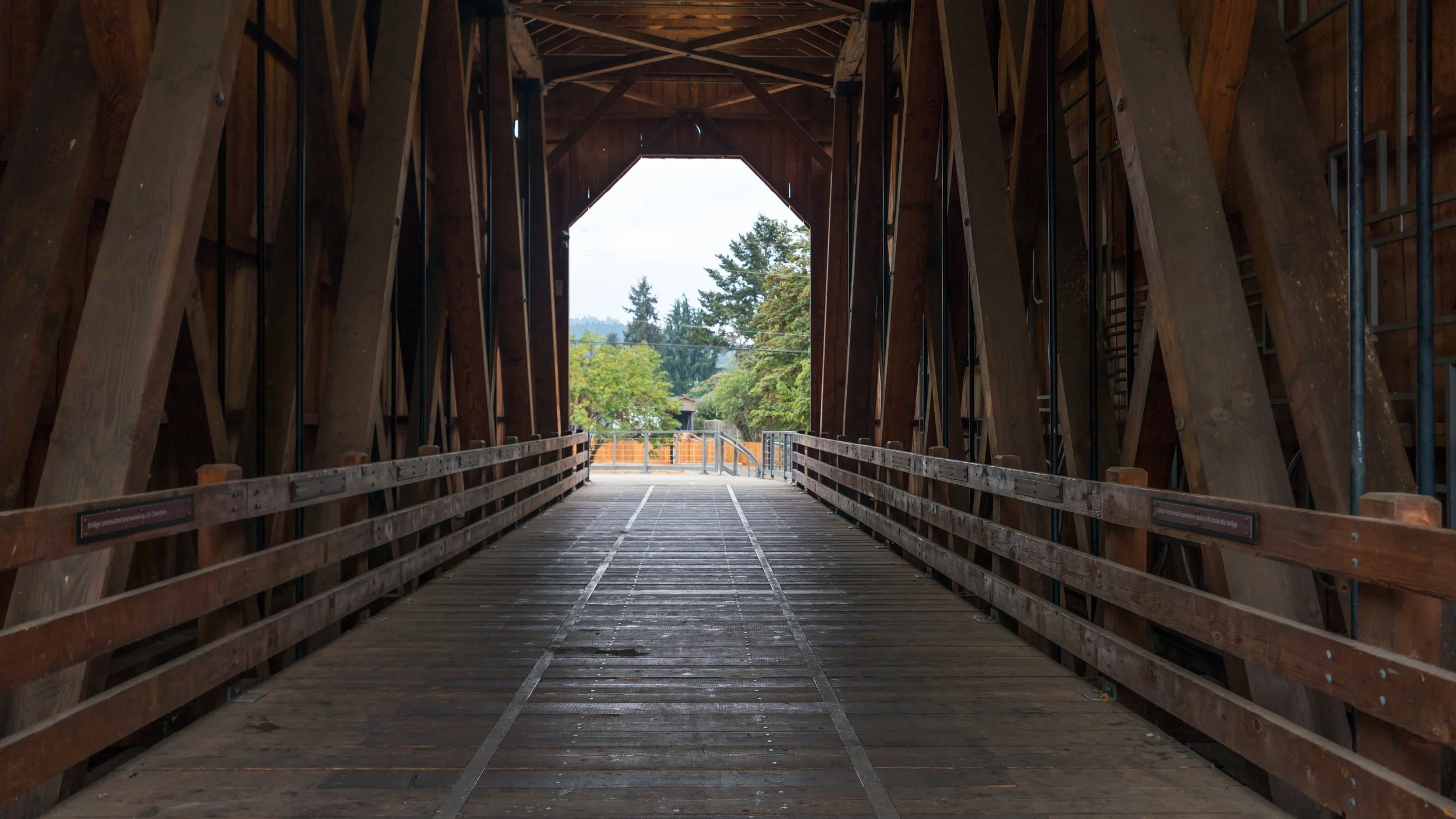
Local Jobs
East Lane’s forests have always been more than scenery, they’ve been the backbone of our local economy. For decades, responsible management of these public lands supported strong paychecks and thriving communities. Bob believes they can work for us again.
That means re-opening and maintaining the roads and trails that make timber harvests and stewardship possible. It means focusing on second-growth and industrial plantations where we can safely and sustainably produce the materials our mills need.
Bob also sees opportunity in new industries: everything from engineered wood products to cogeneration plants that turn wildfire-killed or insect-damaged trees into energy. This creates a steady demand for trucking, reforestation crews, and skilled trades.
With the right plan, East Lane County can be a place where young people find careers without leaving home, small businesses have steady work, and our forests are cared for in ways that keep them productive for the long haul!
For more information, please go to: www.NWMapsCo.com/ZybachforLane/Platform/Jobs.html

